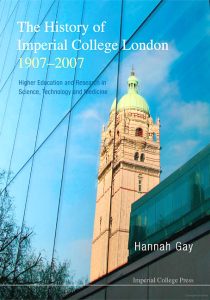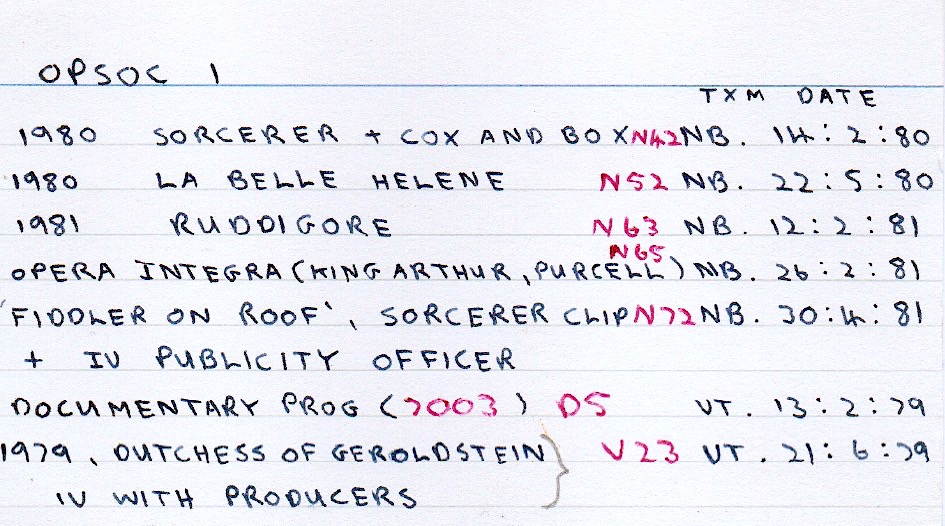 On the 19 February 1980, a programme celebrating just 10 years of STOIC’s history was broadcast. Now, some 42 years later I have re-digitised the master tape and managed to improve the picture slightly. But this version is now a “Director’s Cut” because I discovered a missing segment. There is an extract in this programme from the very first item that STOIC made in colour. But it was very short. During recent digitising I discovered the fullest version of this extract and have now reinstated it into the programme. James Miller a STOIC regular had the privilege of presenting the item and in the control room I also had the pleasure of hitting the switch to take them into colour! And with the words “We’re about to have STOIC in colour for the first time…” history was made.
On the 19 February 1980, a programme celebrating just 10 years of STOIC’s history was broadcast. Now, some 42 years later I have re-digitised the master tape and managed to improve the picture slightly. But this version is now a “Director’s Cut” because I discovered a missing segment. There is an extract in this programme from the very first item that STOIC made in colour. But it was very short. During recent digitising I discovered the fullest version of this extract and have now reinstated it into the programme. James Miller a STOIC regular had the privilege of presenting the item and in the control room I also had the pleasure of hitting the switch to take them into colour! And with the words “We’re about to have STOIC in colour for the first time…” history was made.
To coincide with the 10th Anniversary programme, a birthday reception was held in the Senior Common Room in the Sherfield Building on the 15 February 1980. As many past members as possible attended and that included many former chairman. Grant Richmond went around and had a brief word with some of those Chairman. I’m pleased to say that I’m still in touch with all of those that you’ll see speaking on the video.
Colin Grimshaw February 2022




